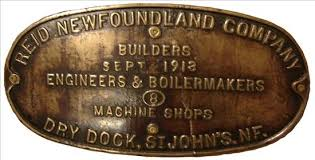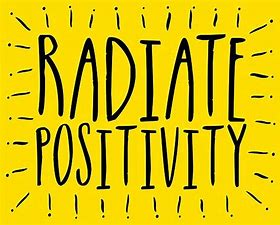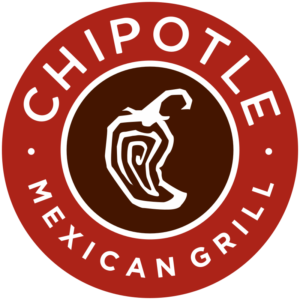Boiler Plate.
The older I get the more I post about pet peeves. Hope I’m not getting cranky. Saw this piece of boiler plate used by a company that shall remain nameless. It’s a great example of burying the lead and lack of focus. If you are Coca-Cola or Google you needn’t remind people of your Is-Does — what a brand Is and what a brand Does. But if you’re new or newish it’s pretty important.
Here’s the boiler plate:
Founded in 1998, So and So Company is a purpose-driven company that strives to empower the whole family, including pets, to live happier, healthier lives.
They believe that the products you put in your body, on your body and use in your home matter. Popular product lines include premium pet food and supplements as well as clean health and beauty products for the consumer.
Okay, okay…if you get past the copy about being purpose-drive, you do get what they sell. Albeit, it’s a bit of an all-over-the-place portfolio. Pet and people? Products for in your body, on your body and in your home? That covers some consumer ground. What tethers the products together is the all-natural claim, I guess. It doesn’t even say all-natural, I’m just assuming.
This company may be successful. In fact, they are growing. But positioning, as Al Ries and Jack Trout proudly proclaimed, is everything.
This boiler plate makes me cringe. In my brand evaluation tool “Brand Strategy Tarot Cards,” boiler plate is one of the first cards turned over.
Get it right so your consumers don’t have to work too hard.
Peace.










